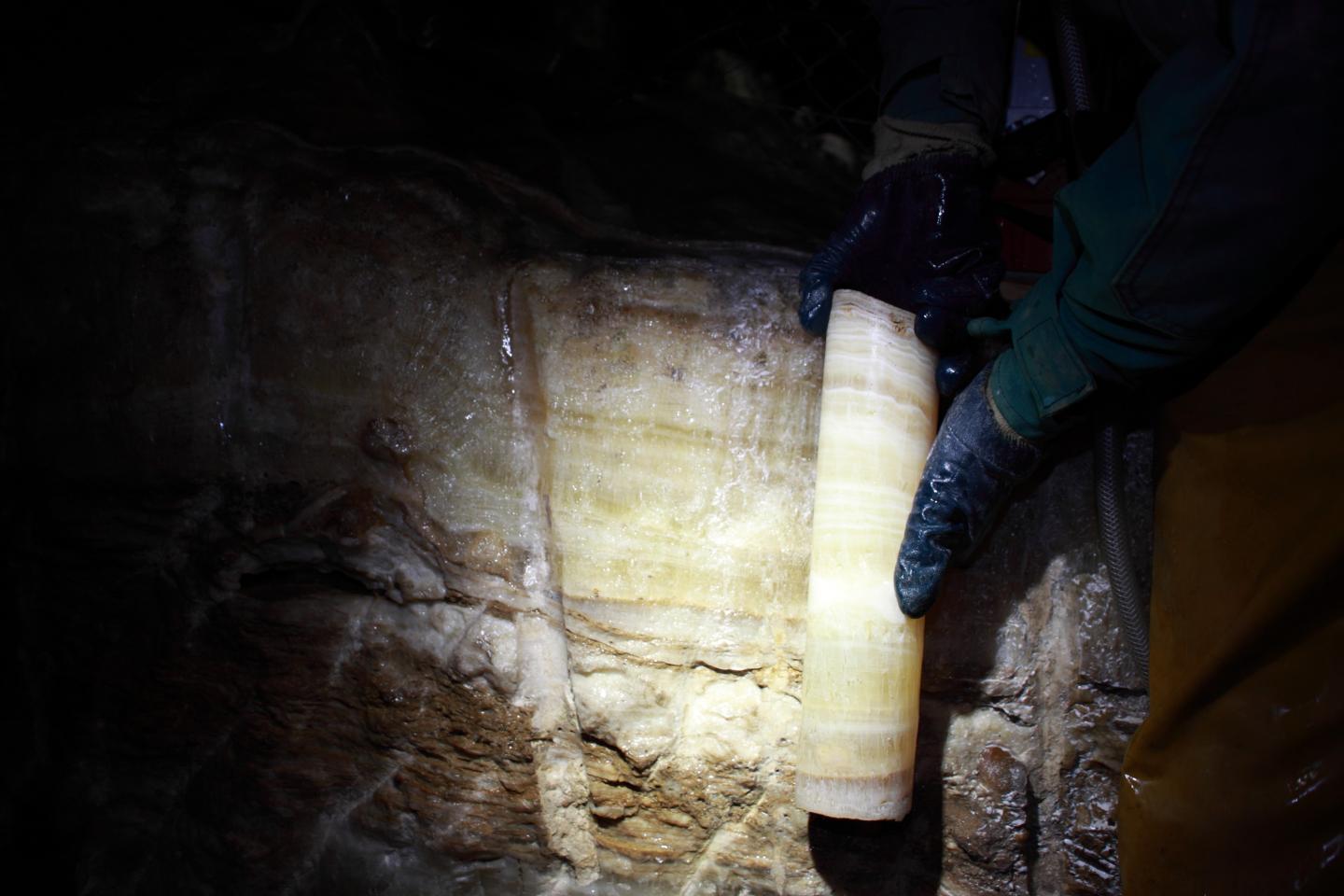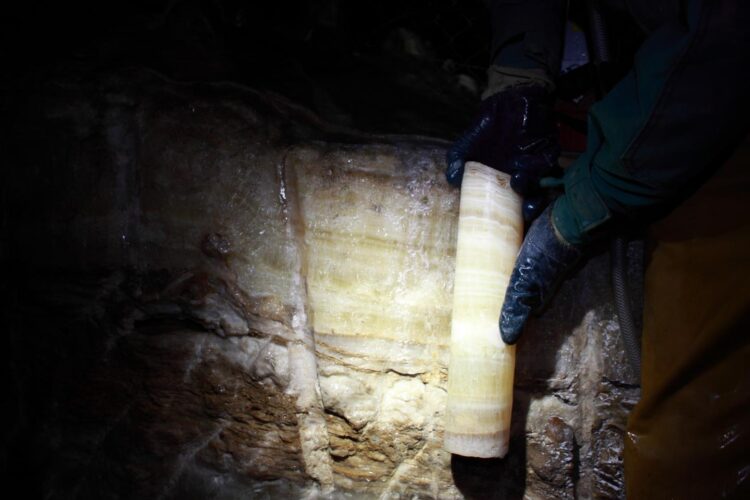Variation in temperature differences between tropics and polar regions plays a fundamental role in controlling atmospheric circulation and in consequence is a potential future cause of regional climate change

Credit: photo/©: Michael Deininger
The Earth’s climate system is largely determined by the differences in temperature between the tropics and the poles. Global warming is likely to cause global atmospheric circulation to change and progressively revert to a situation similar to that of 5,000 to 10,000 years ago. This is the conclusion of a study undertaken by a research team led by Dr. Michael Deininger, the results of which have been published in Nature Communications.
At the Institute of Geosciences at Johannes Gutenberg University Mainz (JGU), Deininger investigated how regional climate systems have changed since the beginning of the current interglacial period some 10,000 years ago and what conclusions can be drawn from this. To do this, the paleoclimatologist looked at data for rainfall time series recorded in various climate archives. “We were able to accurately reconstruct summer precipitation in the monsoon regions in Africa and South America, compare this data with changes in precipitation in the northern mid-latitudes, and relate this to changes in temperature,” Deininger explained. The study also involved scientists from Australia, Brazil, Mexico, Ireland, Austria, and South Africa.
Synchroneity in the development of precipitation patterns in the various regions over the past 10,000 years
As the Earth is heated stronger at the equator than at the poles due to the differing distribution of solar radiation, a temperature gradient develops which, to put it in simple terms, causes atmospheric circulation to transport energy toward the poles. Changes to this solar radiation-related temperature difference will in turn influence the atmospheric circulation and thus also regional precipitation patterns.
The new study shows that over the past 10,000 years, changes to regional precipitation in the northern latitudes, Africa, and South America have more or less been synchronous. “We argue that these regional climate variations are connected and that they are mainly caused by alterations to solar radiation and the associated temperature differences between the tropics and polar regions,” stated Deininger.
Learning from the past to benefit the future
The researchers involved in the study were particularly interested in the question of whether it is possible to learn from the past to benefit the future. With the current level of global warming, the temperature gradient between the equator and the poles is being reduced – especially due to the fact that warming in the Arctic has a particularly marked effect. This can weaken the westerly winds in mid-latitudes in the Northern Hemisphere, cause a weaker South American monsoon and a stronger African monsoon, while at the same time lead to lower precipitation levels in the summer rainfall zone of Southeast Africa. The consequences of this could be shifts in regional rainfall patterns, potentially causing droughts in some areas and flooding in others. “In future, we need to recognize the fundamental role the variation in temperature difference plays in controlling our climate system,” concluded Dr. Michael Deininger.
###
Media Contact
Dr. Michael Deininger
[email protected]
Original Source
https:/
Related Journal Article
http://dx.





